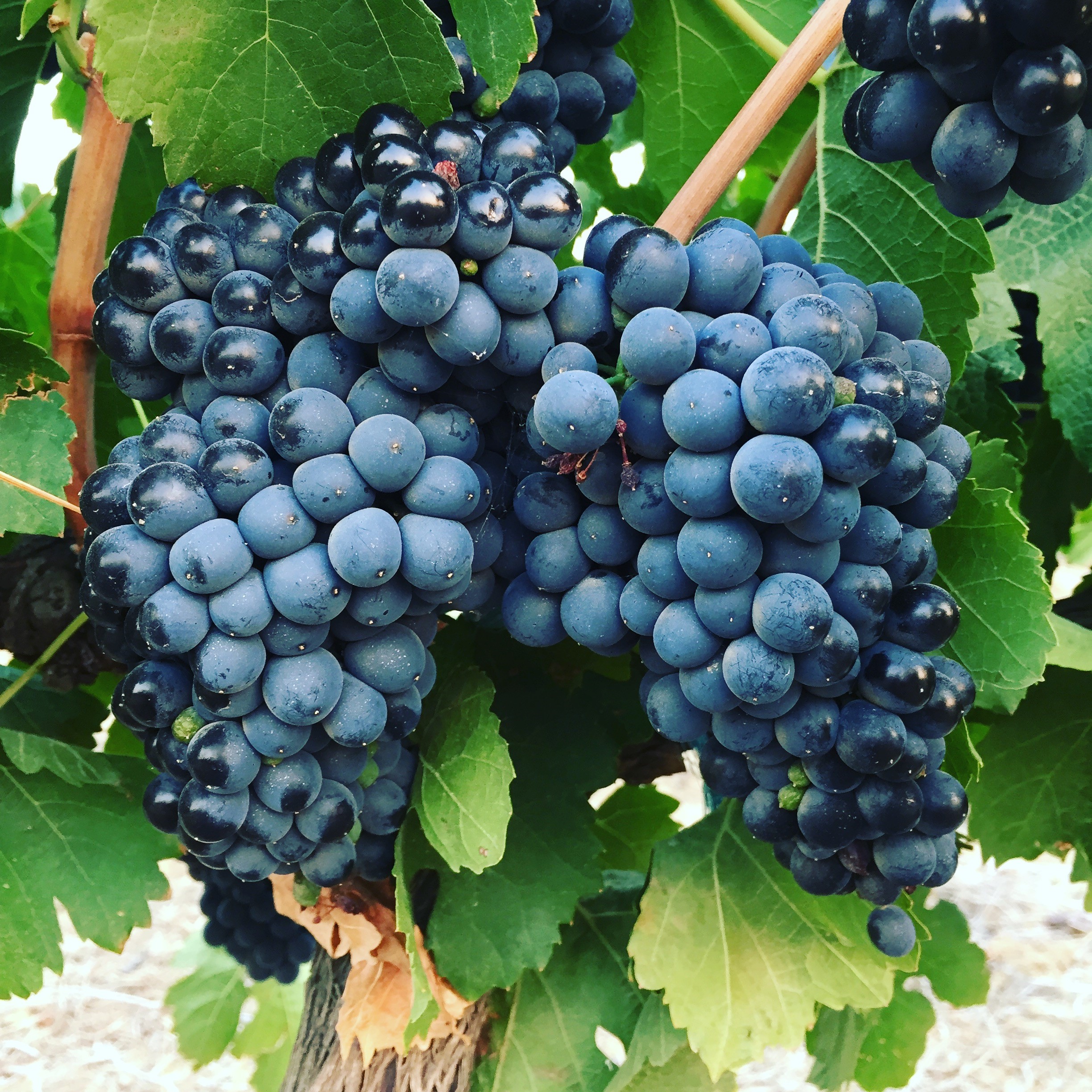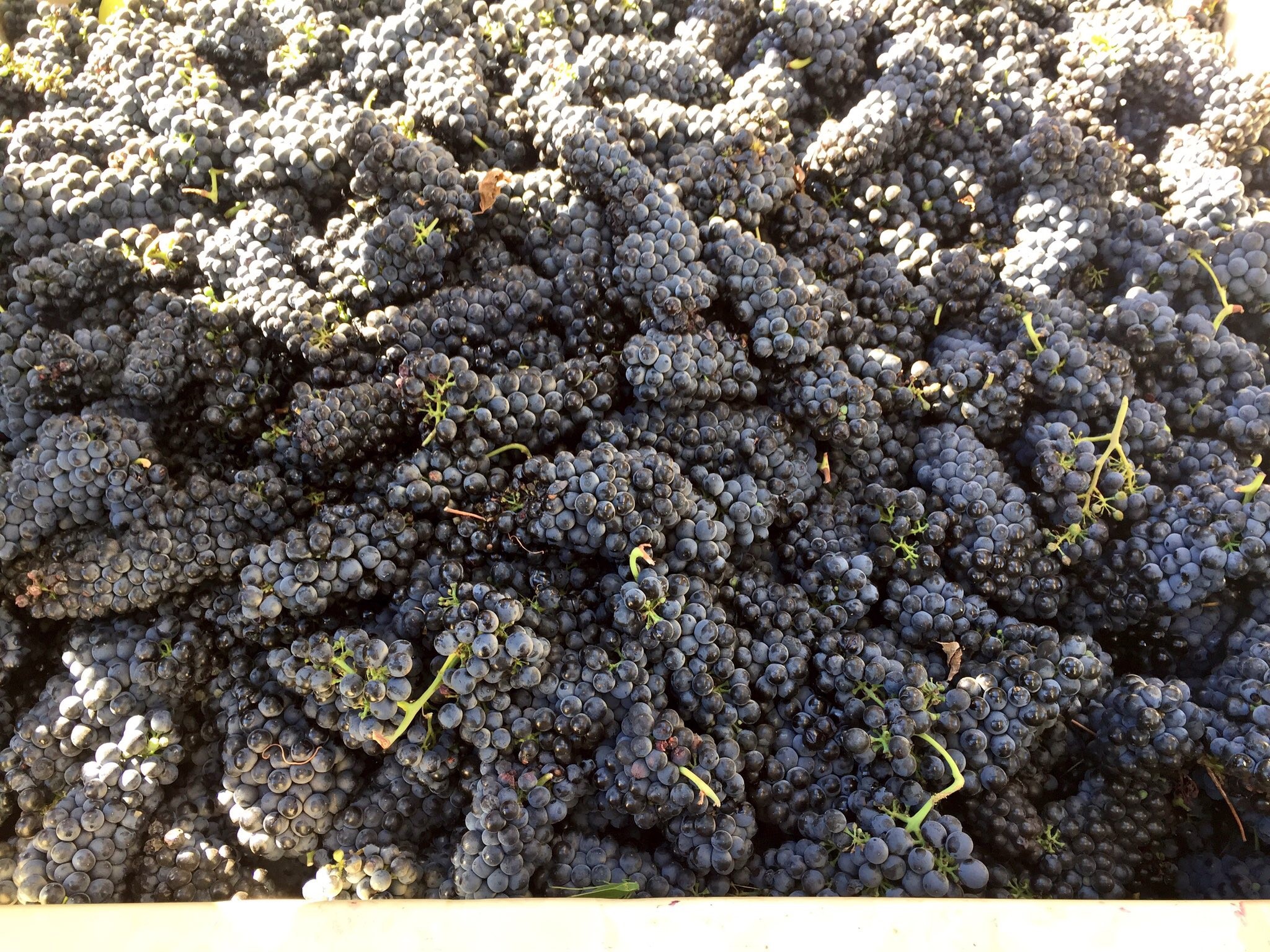LOOKING BEYOND THE BIG SEVEN
One of the most popular seminars at Cape Wine 2015 was ‘Listening to the Landscape, the Typicity of our Terroir’, chaired by viticultural consultant, Rosa Kruger.
The seminar concluded with a tasting of varietal wines, some of which were the first to be produced in South Africa. Greek varieties Assyrtiko and Agiorgitiko; Mencia and Albarino (Alvarinho in Portugal) from Spain; Verdelho from Portugal and Nero d’Avola one of the notable red varieties from Sicily. Albarino (Newton Johnson) and Nero d’Avola (Bosman Family Wines) are commercially available; the others were made by Eben Sadie from a few experimental vines.
The point of introducing varieties new to South Africa isn’t so much to be trendy as to seek out what will produce the best wines in our changing climate.
Chenin Blanc, Colombard (more for brandy), Cabernet, Shiraz, Sauvignon Blanc, Pinotage and Chardonnay might still dominate the area under vine but increasingly we’re going to see the varietal spectrum change and grow. It is important studies on conditions under which these varieties grow in their home surroundings and the best sites to plant them here are undertaken; not only is the business of bringing in new vine material expensive, it should also be viewed as a long-term plan rather than being fashionable.

Two new white varieties in the early stages of production are Macabeau and Piquepoul Blanc. Macabeau, spelt one way or another in France, where Roussillon is a major stronghold, is known as Viura in the Spanish regions of Rioja and Rueda. In the Cape, vineyards have been established on the Mullineux’s Swartland Roundstone farm, while a vintage has already been vinified on Solms-Delta. Described by Jancis Robinson’s Wine Grapes as a variety that ‘seems to be shown to best advantage in a blend...’ it could well add to the flavour and textural spectrum of our already highly-regarded white blends.
Piquepoul Blanc or Picpoul de Pinet as it’s known in the Languedoc is now part of the Anthonij Rupert Wines vineyard portfolio. Jancis Robinson’s voluminous tome here comments it’s suited to hot Mediterranean climates, where its high acid makes it an ideal blending partner.
New red varieties also reveal an interesting choice in Carmenère, a grape best associated with Chile though native to Bordeaux. The KWV is trialling a block in Stellenbosch.

By next year, 2018, an even greater varietal spectrum will become available. The two Greek grapes mentioned above (Jordan Winery has set aside a sizeable area for Assyrtiko), Southern Rhône Counoise, Lledoner Pelut a variant of Garnacha Tinta (Grenache Noir), Marselan a Cabernet/Garnacha cross from south of France, Petit Manseng a high-quality white from South-West France and Vermentino known for its crisp, aromatic whites from coastal areas of Southern France and Northern Italy.
It’s still such early days; some of the varieties already planted have barely produced one or two crops, the wines are still under assessment. Let’s hope they deliver on what winemakers see as an opportunity for diversity and to complement our changing conditions.
-Angela Lloyd